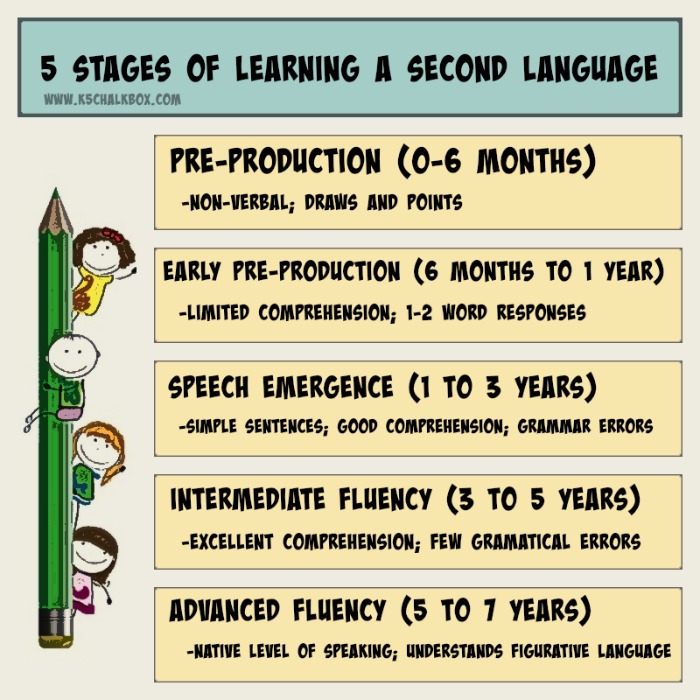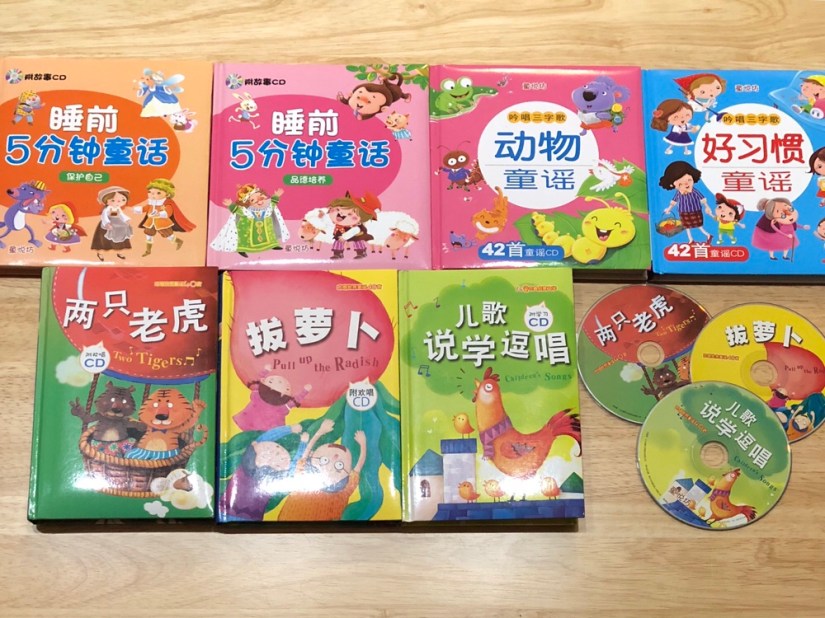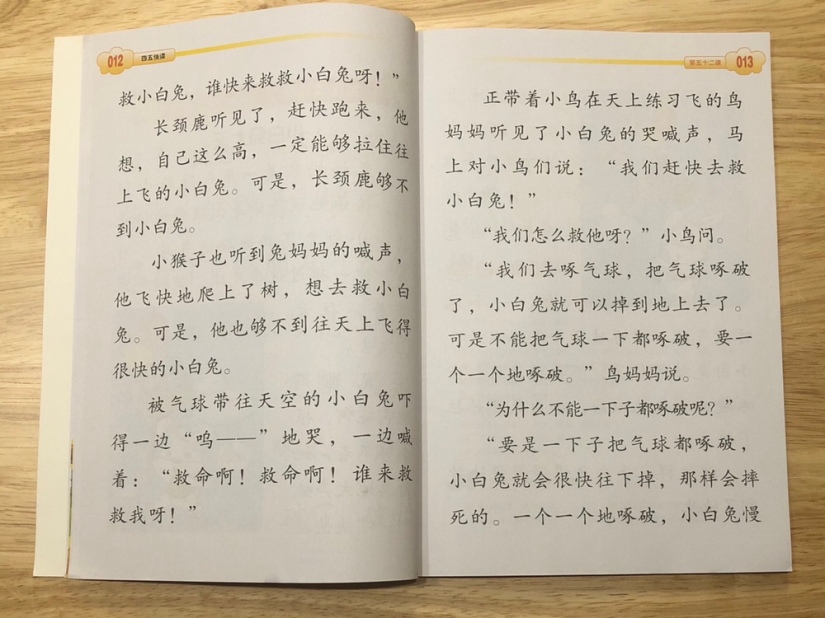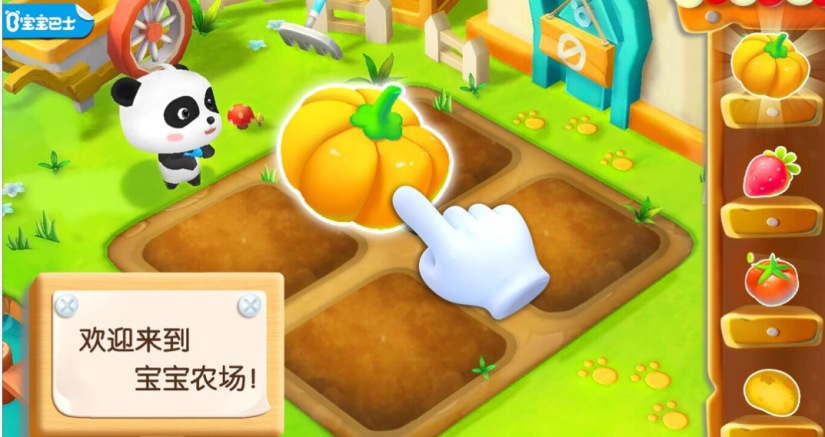Last June when Little Man was 4 years 9 months old, I was struck by a sudden desire to teach him Chinese. Up until then he was 100% monolingual in English.
In the last seven months I’ve tried (almost) everything to boost his Chinese skills. I thought I’d share what things DID and DIDN’T work for us, because it’s soooo annoying to waste resources on things that have little measurable impact.
FYI, I grew up in Singapore and am bilingual and biliterate in English/Chinese. English is my dominant language and my Chinese is very good but nowhere near native.
Report Card (Age: 5;4, 7 months into learning Chinese):
- Comprehension: ~48 months
- Speaking: ~24 months
- Reading: ~400 characters
A member of a bilingual FB group told me this idiom: 万事起头难 (the beginning is always difficult) and this is the damn truth. Chinese was SO SO SO hard for him at first because he was unaccustomed to the sounds and grammar of the language… but once he learned about 150-200 words, things skyrocketed. He started understanding short sentences, then longer sentences, then whole stories. He gained 48 months of comprehension in 7 months!! So if you’re experiencing difficulty teaching your child Chinese, persevere. 💪🏼 An initial rejection or slow period is completely normal:

Successes:
These are the things that made a huge impact on his language development as compared to cost. High return on investment (ROI), so to speak.
#1. Speaking to him in Chinese
I am his primary source of language input as we do not regularly get together with other Chinese speakers. In the beginning I often spoke to him in Chinese followed by English, e.g. “把你的鞋子穿上. Put on your shoes”. As his Chinese improved I gradually reduced the English translations and now he is able to understand basic conversational Chinese well.
#2. Home library
Our Chinese home library is probably the costliest expense so far but 100% worth it for the exposure to new, varied, and advanced vocabulary. E.g. last night we read these “Butt Detective” books and encountered a heck ton of vocabulary that he was not familiar with like 案件 (case), 窃贼 (thief), 嫌疑犯 (suspect), 局长 (commissioner).

I’ve also gotten savvier about picking better Chinese books and he is enjoying them more and more.
#3. Music
We have a growing collection of CDs/books that we listen in the car every day for 10-20 minutes. On weekends we also listen to Hoop Kids 圈圈 music while doing quiet activities like dot-to-dot and coloring. The longest Chinese sentences that he can speak are lines memorized from songs! Plus it is really cute to hear him singing to himself.

#4. 四五快读 Reading curriculum
I started teaching him to read characters when he was about two months into learning Chinese. At that time he didn’t even know what basic words like 天,田,云 meant. Reading helped him learn language. I attribute this to the fact that he is more of a visual learner than auditory so seeing helps him learn.
The good thing about 四五快读 is that it starts out with easy words and short sentences in Book 1 and gradually gets longer and harder. This incremental approach has been very helpful and now in Book 6 he is reads and comprehends 4-page stories. 🙂


Note: He was 4.5 y.o. and a fluent English reader when we started 四五快读. If your child is really young like 2 years old I would focus on listening/speaking and not reading.
Failures:
#1. Montessori at home
Honestly, attempts to Montessori at home have been a big flop so far. I cannot wrap my brain around why Little Man does so well at his Montessori preschool that he’s attended for almost 3 years, yet shows zero interest at home.
 GAHHHHHHHHHHH!!!!!!
GAHHHHHHHHHHH!!!!!!
I have made my peace with the fact that while other bloggers have beautiful Montessori set ups at home and their kids LOVE it… it doesn’t work for us. I’ll still prepare activities occasionally but am not doing to spend too much time/money on it. Cutting my losses on this one.
#2. Toys, games, apps, videos, etc.
These add to the overall FUN/COOL factor but have had minimal impact on his language development. Perhaps they will play a bigger role as he gets older and becomes more proficient in Chinese. I learned quite a bit from watching Chinese shows when I was in elementary-high school but that’s because I already had solid foundation in Chinese, e.g. when you can read 95% of the subtitles then it’s easy to learn the other 5% from TV. But if you can only read say 25% of subtitles you will not be able to learn 75% from watching TV.
Videos, apps and such are good for supplemental learning but they can never be the primary mode of instruction. Has anyone ever learned a foreign language through watching videos?? Doubt it.

Goals:
My immediate goal is to get him to age-level comprehension. He is speaking more and more sentences which is very encouraging. We also started some handwriting. I’m also trying to spend less time playing on my phone and more time speaking to him in Chinese! 😛

I’ve also come to the decision that I’m 100% a-okay with him learning Chinese as a second language and therefore will not stress myself out by comparing with others who are learning Chinese as a first language. After all, I myself am first language English, second language Chinese and I turned out fine and proficient in both. What this means is I will not be teaching him Science or Math or other subjects in Chinese. Letting it go.


Really enjoyed reading this – so glad to hear how well it’s going and what you’ve learned along the way. I agree with you about screentime 😉 Look forward to learning more from your bilingual journey!
LikeLike
Haha! So much of it is experimenting to see what works. There really isn’t a one size fits all.
LikeLike